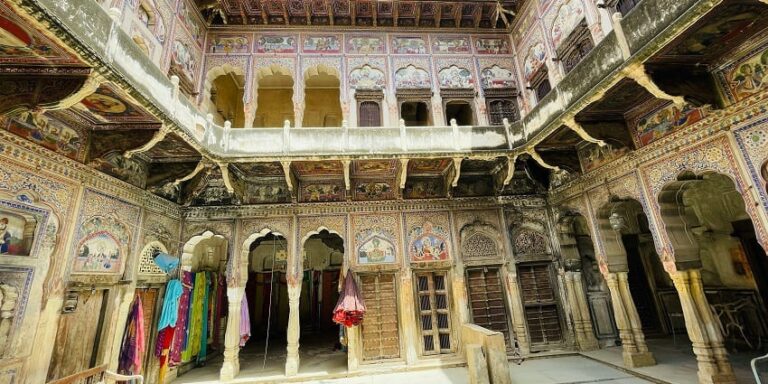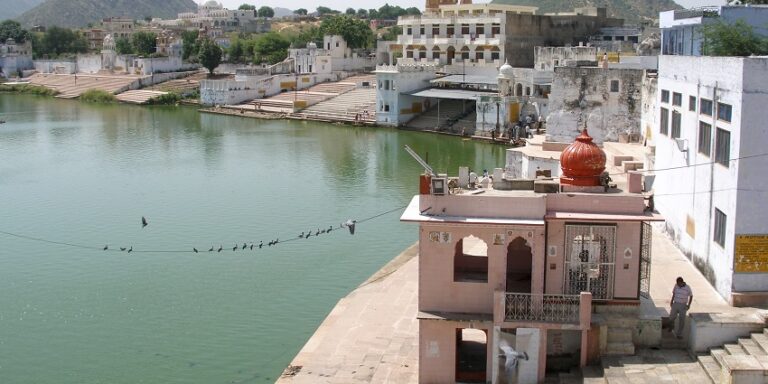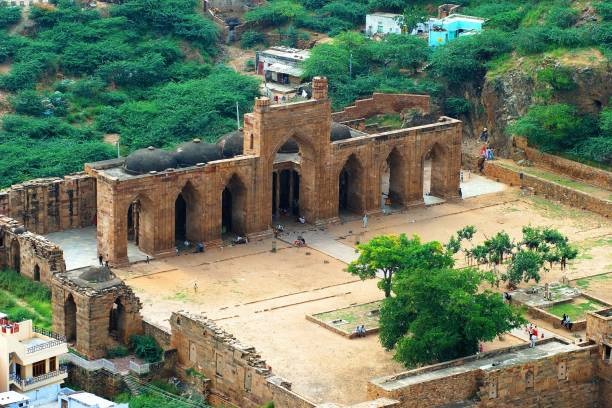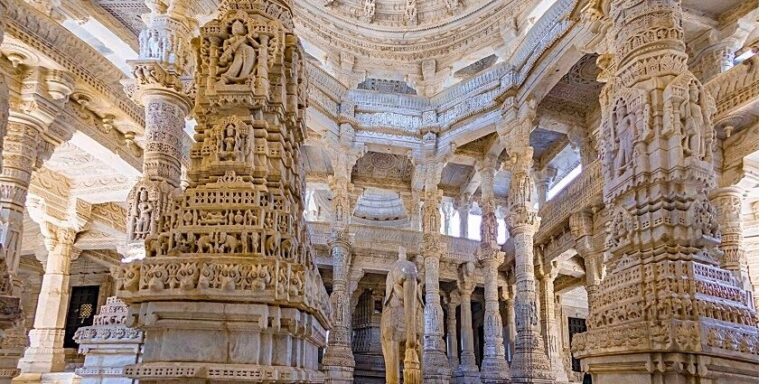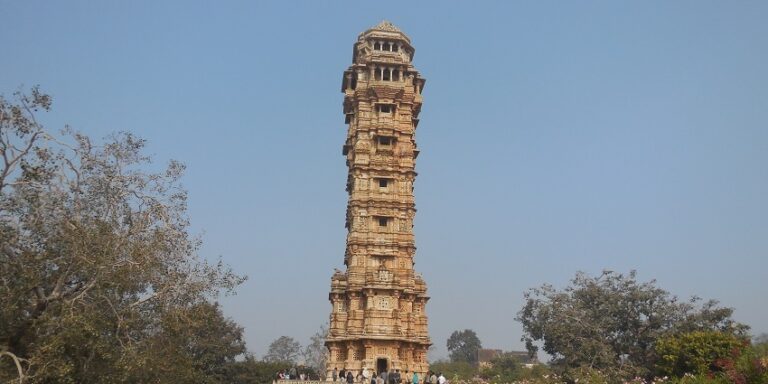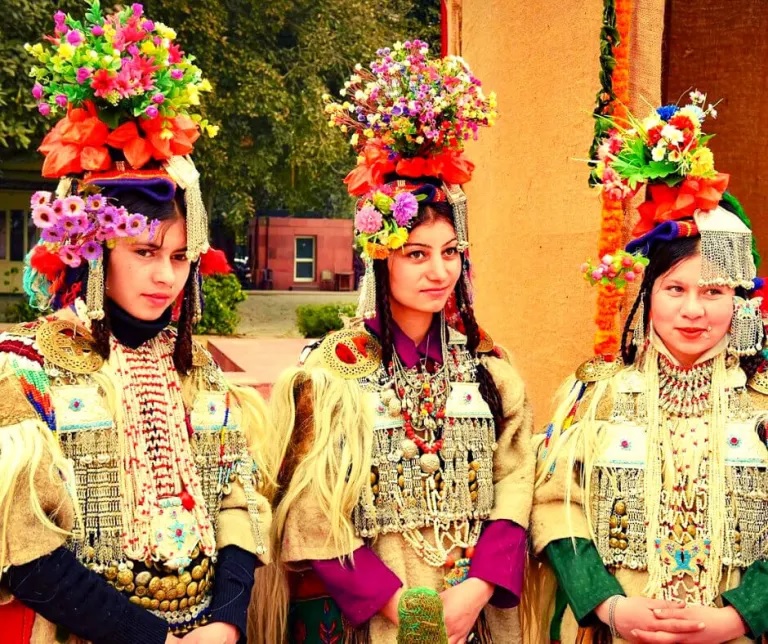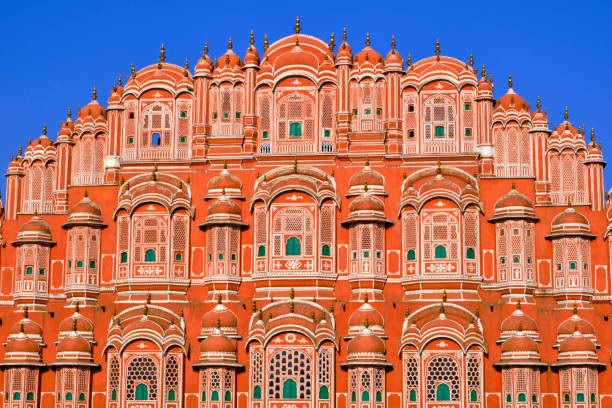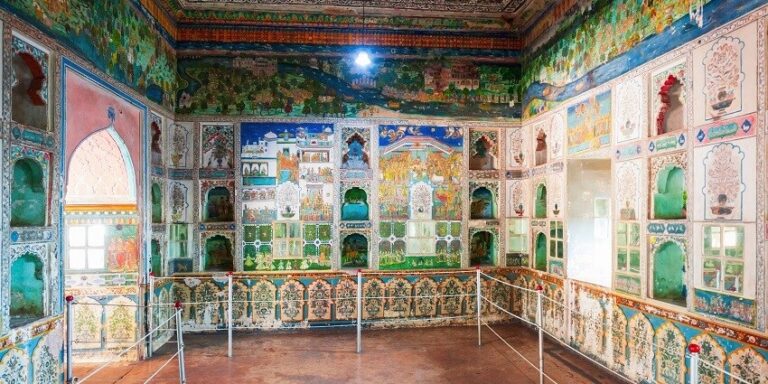
Kota – Rajasthan India
The district head quater of Kota is located on the banks of Chambal in the Rajasthan province of India. The historic city of Kota with its well-preserved old city center gives a little insight into its history. The City Palace with its fort is a masterpiece of art. With its

